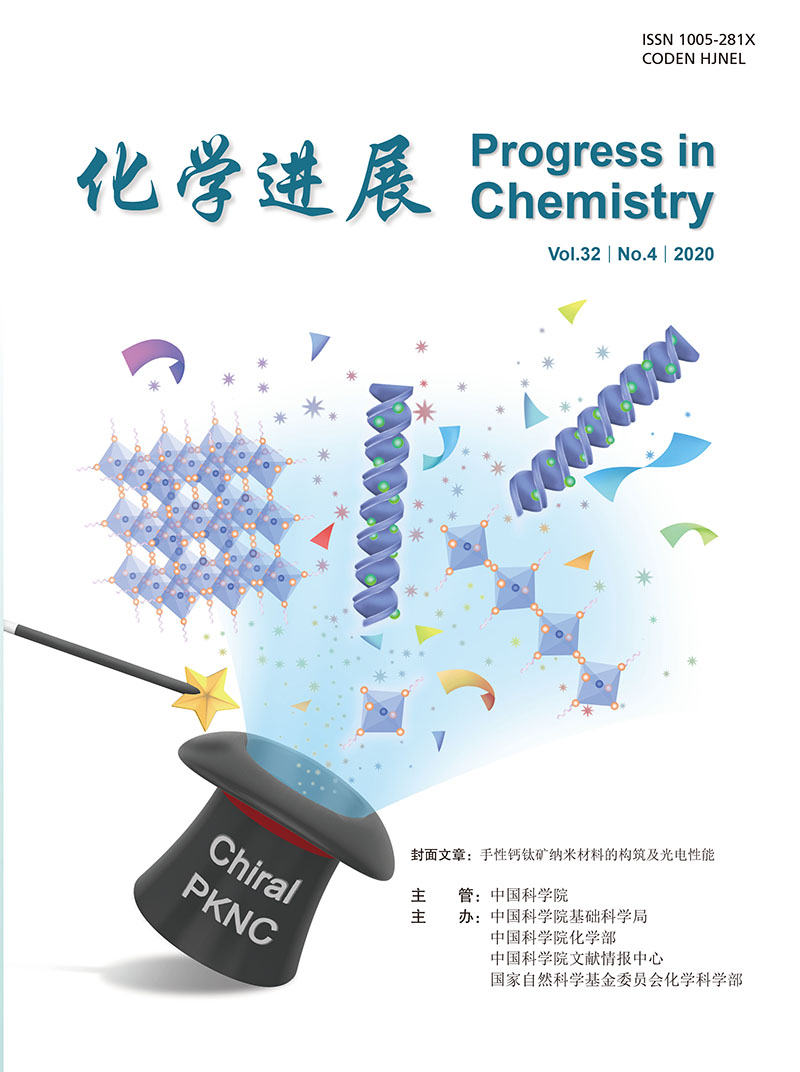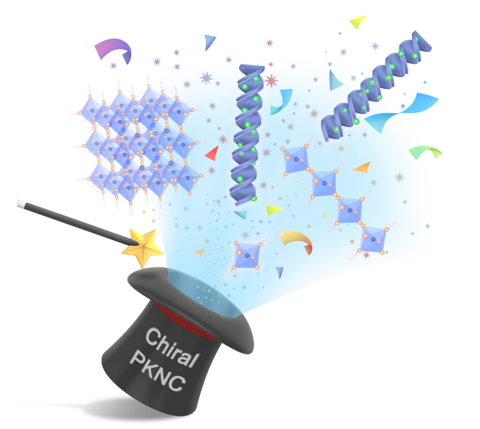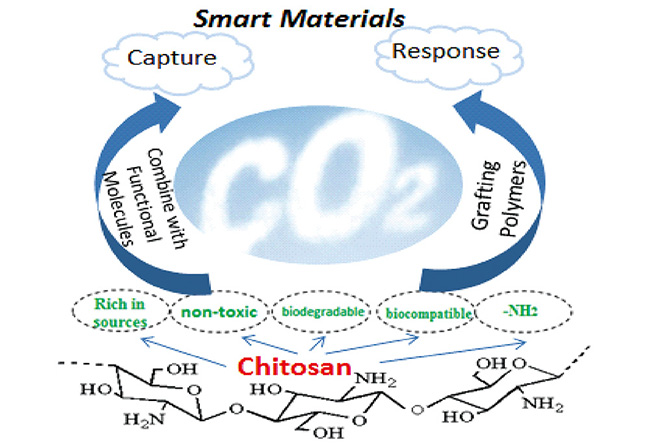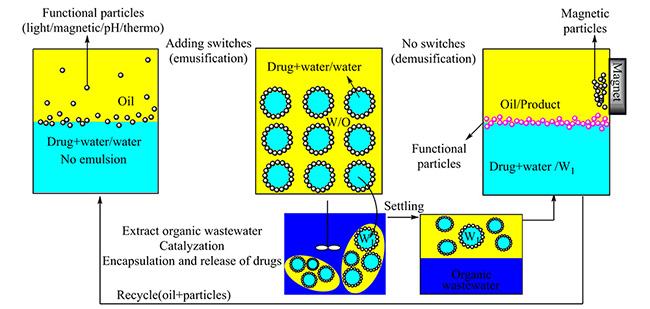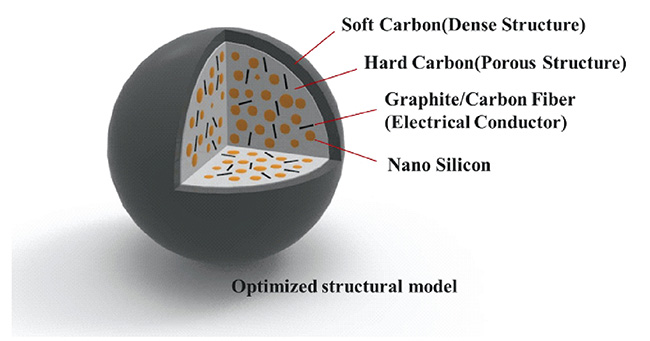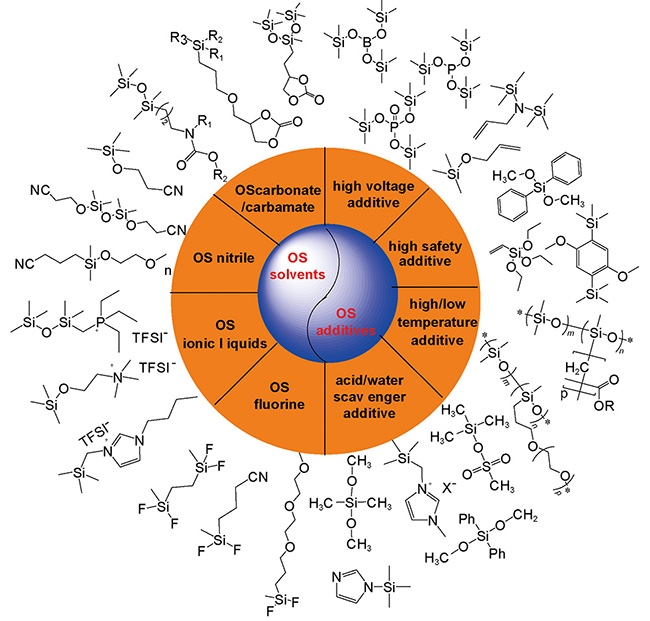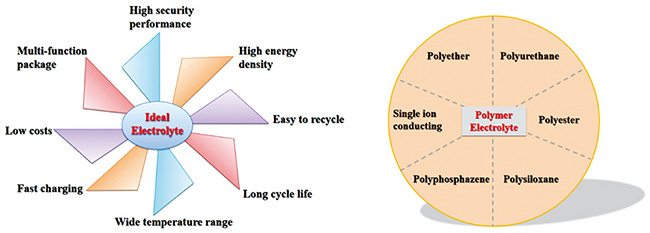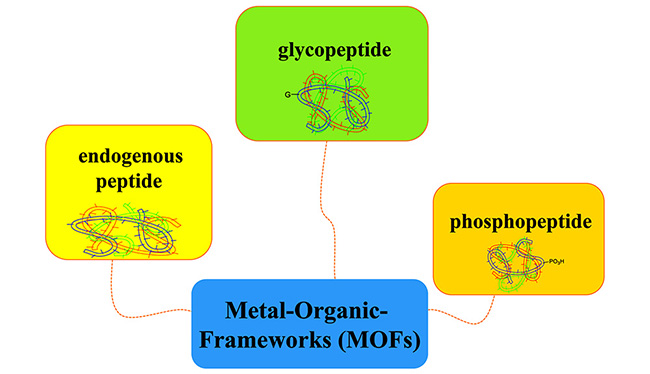Minghao Zhou, Shuang Jiang, Tianyong Zhang, Yonghong Shi, Xue Jin, Pengfei Duan. Construction and Optoelectrical Properties of Chiral Perovskite Nanomaterials[J]. Progress in Chemistry, 2020, 32(4): 361-370.
Metal halide perovskite has become a promising semiconductor material due to its diverse chemical structure and excellent optoelectronic properties. After introducing organic chiral molecule into the perovskite framework, chiral perovskite nanomaterials can be obtained, which has greatly promoted the rapid development of smart optoelectronic materials and spin electronic devices. This paper reviews the latest research progress in the construction of chiral perovskite nanomaterials, including one-dimensional chiral perovskite nanowires, two-dimensional and quasi-two-dimensional chiral organic-inorganic hybrid perovskite nanosheets, three-dimensional chiral perovskite nanocrystals, chiral perovskite nanocrystals induced in supramolecular assembly system and the mechanism for the formation of chirality. It is worth noting that different types of chiral perovskite nanomaterials show excellent optoelectronic properties and huge application prospects in terms of circular dichroism, circularly polarized luminescence, ferroelectricity and spintronics. However, the research on chiral perovskite nanomaterials is still in its infancy, and many of its mechanisms are still controversial, and many basic and applied work needs to be carried out.
1 Introduction
2 Construction strategy of chiral perovskite
3 Research progresses of the chiral perovskites in different dimensions
3.1 1D chiral perovskite nanowires
3.2 2D chiral perovskite film
3.3 Quasi-2D chiral perovskite film
3.4 3D chiral perovskite nanocrystals
3.5 Co-assembly of supramolecular gel and achiral perovskite nanocrystals
4 Conclusion and outlook





